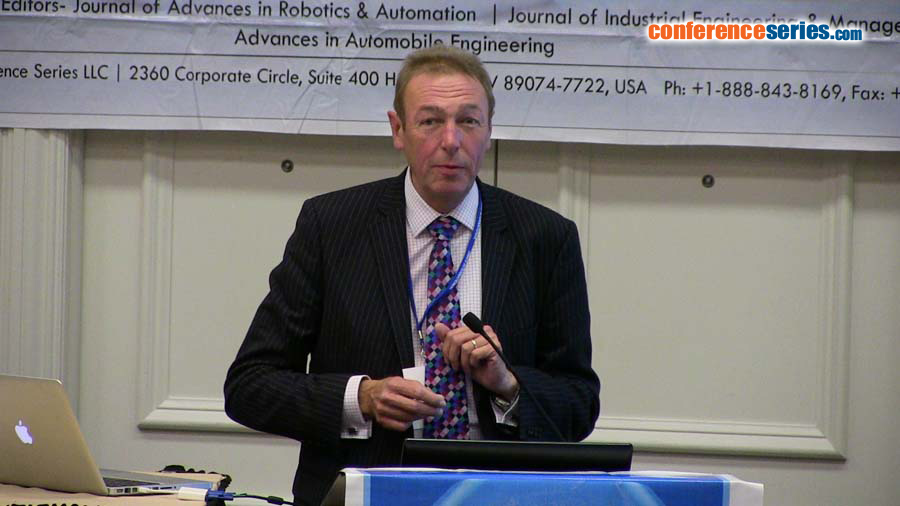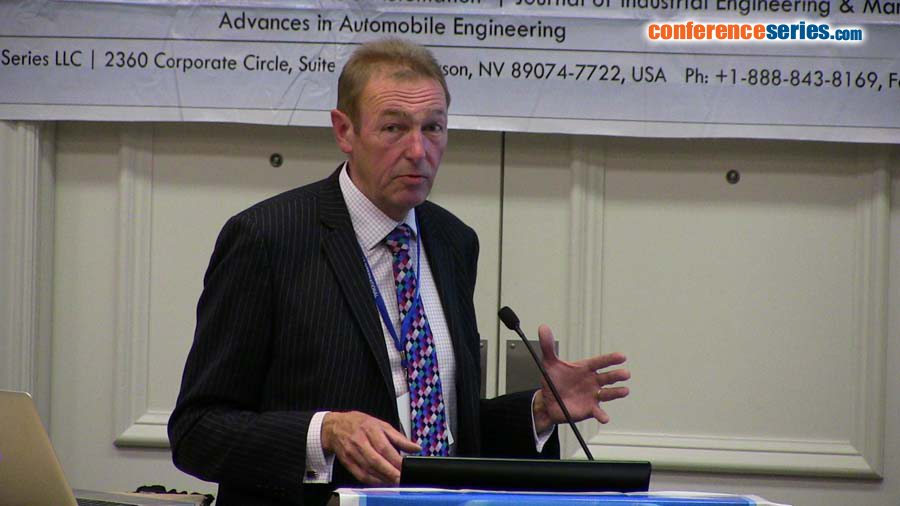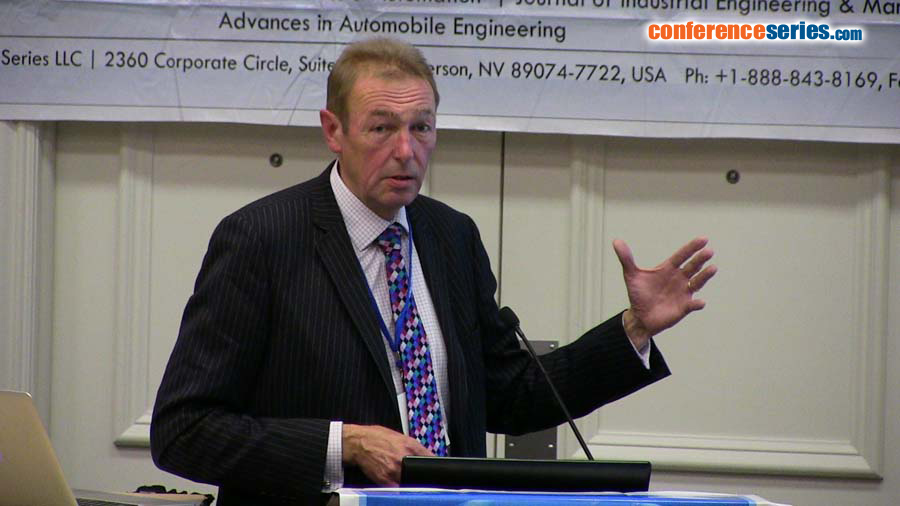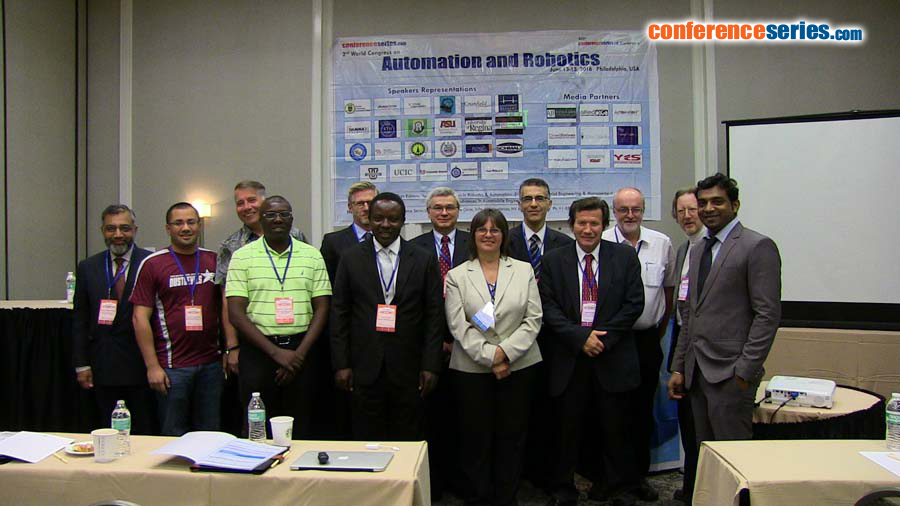
Philip Webb
Cranfield University, UK
Title: Understanding human robot collaboration in flexible and reconfigurable industrial environments
Biography
Biography: Philip Webb
Abstract
Flexible and reconfigurable systems and human robot collaboration are key themes within current thinking on the wider introduction of robotics and automation in industry. However, it is important to understand the limitations of re-configurability and what the true value and use of human robot collaboration is. Most currently available collaborative systems rely on the use of force/torque limitation to ensure safety, which significantly limits the effectiveness of the systems. Also, since it is often the process (cutting, drilling, welding, etc.) that is the real source of danger, applications tend to be limited to simple handling tasks. This paper describes an approach to understanding how people can be more closely integrated within a reconfigurable manufacturing system using high payload industrial robots and multiple processes for the manufacture and assembly of complex high value products. The method analyses and breaks down human skill to understand how best to apportioned effort between people and robots and how to provide safety through the active reconfiguration of monitoring and safety systems and warning zones and also how to ensure that human operators feel comfortable working in such environments through the consideration of trust and acceptability. The resulting work is demonstrated and evaluated within a prototype human robot collaborative cell for the installation of flaps onto the wings of single aisle aircraft.
Speaker Presentations
Speaker PPTs Click Here





